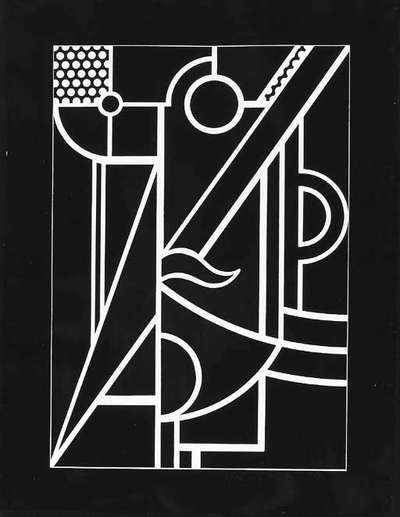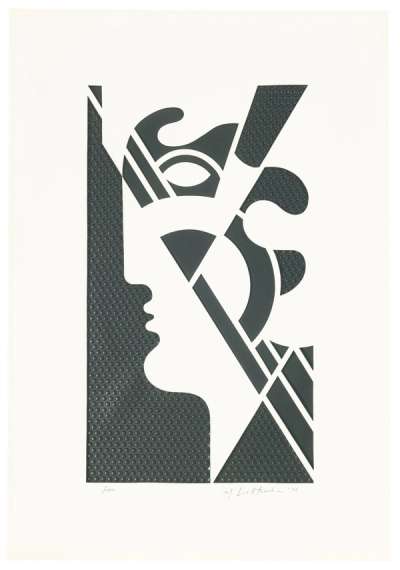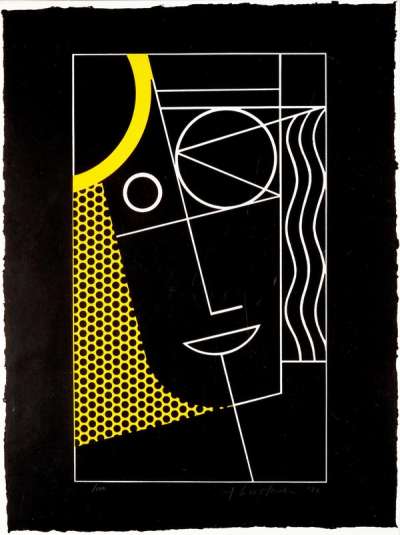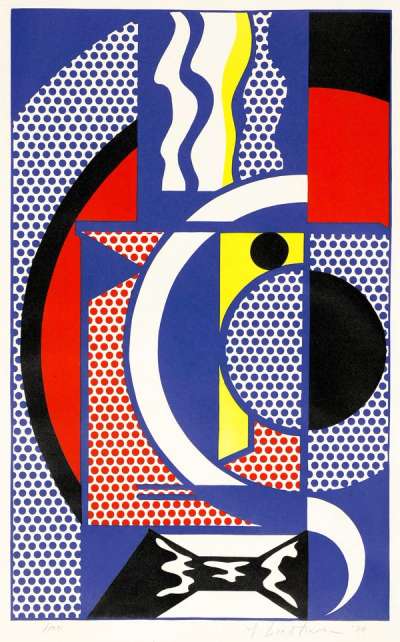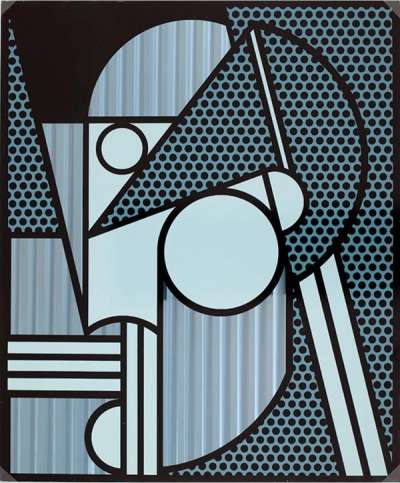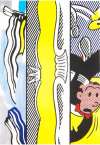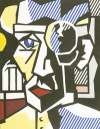Modern
Head
During the 1970s, Roy Lichtenstein shifted from commercial imagery to explore art historical genres. His five-part print series, Modern Head, comprises portraits of a bust, each abstracted according to the style of a different modern movement such as Cubism, Constructivism, or Art Deco.
Roy Lichtenstein Modern Head For sale
Modern Head Value (5 Years)
With £137474 in the past 12 months, Roy Lichtenstein's Modern Head series is one of the most actively traded in the market. Prices have varied significantly – from £2648 to £30172 – driven by fluctuations in factors like condition, provenance, and market timing. Over the past 12 months, the average selling price was £13747, with an average annual growth rate of 7.86% across the series.
Modern Head Market value
Auction Results
| Artwork | Auction Date | Auction House | Return to Seller | Hammer Price | Buyer Paid |
|---|---|---|---|---|---|
 Modern Head #2 Roy Lichtenstein Signed Print | 26 Sept 2025 | Sotheby's New York | £10,200 | £12,000 | £16,000 |
 Modern Head #4 Roy Lichtenstein Signed Print | 26 Sept 2025 | Sotheby's New York | £12,750 | £15,000 | £21,000 |
 Modern Head #1 Roy Lichtenstein Signed Print | 25 Jul 2025 | Leland Little Auction & Estate Sales | £12,750 | £15,000 | £18,000 |
 Modern Head #5 Roy Lichtenstein Signed Print | 26 Feb 2025 | Christie's New York | £8,075 | £9,500 | £13,000 |
 Modern Head #3 Roy Lichtenstein Signed Print | 26 Mar 2024 | Bonhams New York | £6,375 | £7,500 | £9,500 |
Sell Your Art
with Us
with Us
Join Our Network of Collectors. Buy, Sell and Track Demand
Meaning & Analysis
The Modern Head series of the 1970s sees Lichtenstein shift away from commercial imagery and into explorations of art historical genres instead. His visual style propelled him to the forefront of the Pop Art movement during the 1960s. Lichtenstein shifted his focus from appropriating commercial imagery already in the 1970s and began examining art historical genres instead.
The artist manufactured his Modern Head series entirely in the spirit of this new found referential mode of expression. The five part printed sequence abstracted stylistic conventions from various modern movements, like Cubism, Constructivism and Art Deco. In addition to a set of intricate Modern Head prints, Lichtenstein also created a limited number of Modern Head sculptures. These brass, wooden and steel structures came to be exhibited as public art pieces around the globe.
Lichtenstein’s Modern Heads sought to critically dismantle the history of modern art. To achieve this, the artist explored a formal idea that was of particular interest to him at the time; impure style. Lichtenstein’s Modern Heads proceeded by re-configuring decorative motifs borrowed from a variety of sources. Indeed, the Modern Heads are among a select few pieces in the artist’s oeuvre that don’t exclusively reference one specific artist or creative trend. Instead, the compositions conjoin diverse shapes adapted from facade ornamentations, interior design, sculptures and historical paintings.
More specifically, the prints blend patterns and forms abstracted from the streamlined industrial style of the 1930s, cubist portraits and drawings, and ancient Greece. In many respects, the Modern Head sequence is an evolution of the same profile. Departing from a multicoloured abstract head, the figure successively takes on a scaled back cubist approach. Continuing onto a refined art deco look, the head later hints at an angular constructivist influence. Finally, the succession concludes in an elegant figurative icon.
In the interest of a highly stylised and varied sequence, each Modern Head print was produced using a distinct commercial printing method. The artist showcases a flattened and obscured impression in three of the five prints, akin to an optical illusion. Tone and texture are signified by his characteristic primary colours, schematic forms, dotted areas and regularised stripes. Meanwhile, the remaining two works make use of layering techniques with superimposed finishes and neutral colour palettes. It is clear that a broad selection of manufacturing processes were utilised by the artist to underline the subject matter of the individual works.
